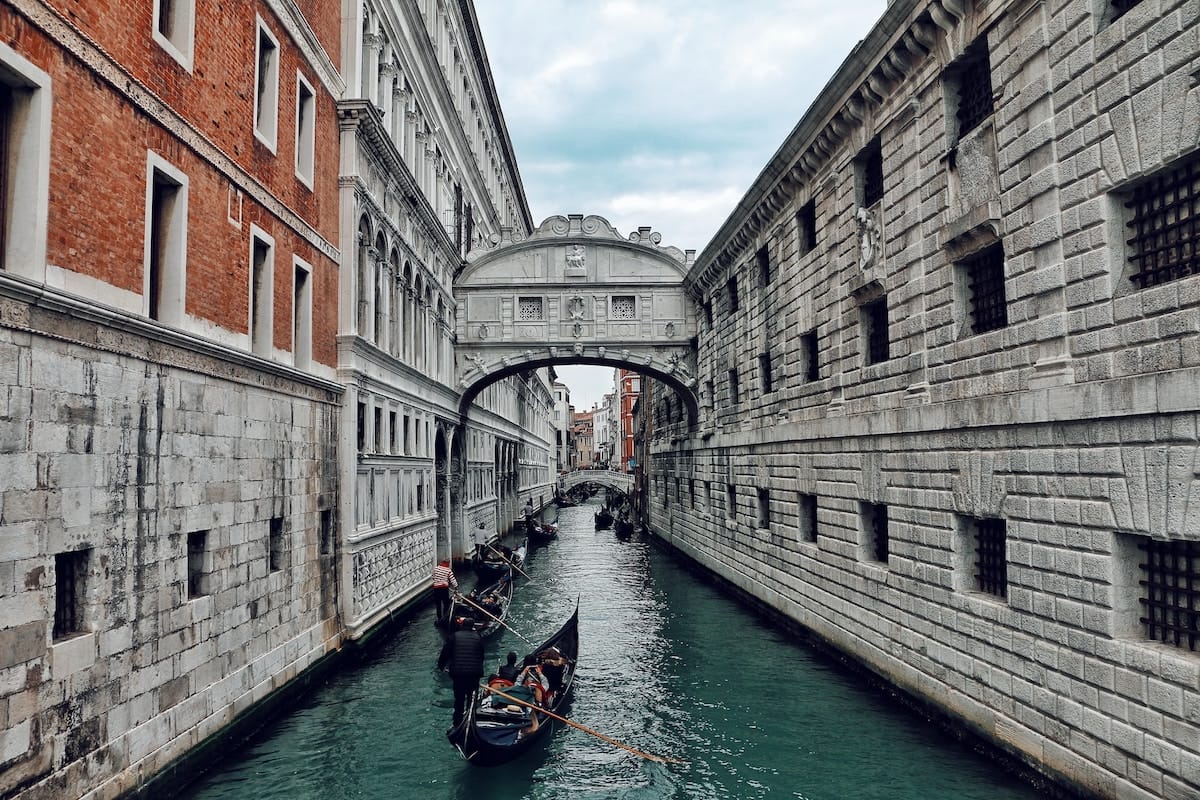
How to Save Money in Italy: Top Tips for Saving while Seeing the Best Sites
April 30, 2025
If you’re planning a trip on a budget, you’ll definitely want to dive into our how to save money in Italy guide, as we discover the best ways to get off the beaten track and enjoy the best sites in Italy like a local. At Walks of Italy, we know that stretching your travel budget doesn’t mean you have to compromise on authentic experiences. In fact, our tours are crafted to give travelers the most value—think skip-the-line access to Italy’s top sites, insider insights from passionate guides, and unique experiences you simply can’t find with a standard ticket.
We’ve covered how to save money on transportation in Italy and how to find Italy’s best budget accommodation.
Here are some of the best tips to save money while making the best of your trip to Italy.
Table of Contents
Toggle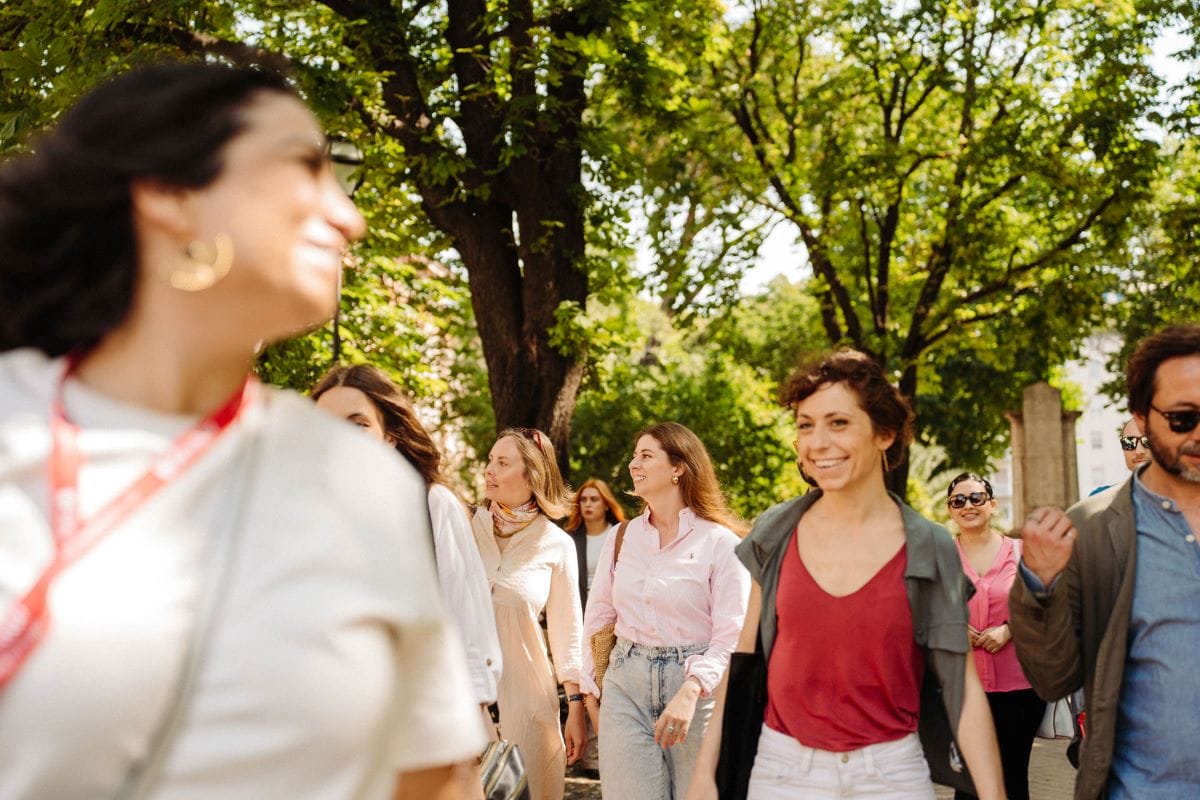
A walking tour might be just what you need!
To save money—and discover your “own” Italy—get off the beaten track
Get off the beaten path, like to Pienza, and not only will prices drop, but your experience just might be even better.
Italy’s cities and popular tourist destinations are more expensive than its more local, off-the-beaten-track towns and sites.
The best part? Those “hidden gems” are often just as rewarding, if not even more so, as what you’ve heard about.
Instead of spending five days in Florence, consider spending two days in Florence and three in Tuscan towns like Lucca and Pienza. Or head to a region that’s not even as familiar as Tuscany, like Umbria or Le Marche.
Everything, from accommodation to food to museums, will be cheaper.
As a bonus, you’ll also feel like you discovered the “real” Italy more than if you spend the majority of your time among crowds at the Duomo and the Uffizi.
Quick tips for getting off the beaten track:
- Visit smaller towns and rural regions for lower prices and fewer tourists.
- Try local trattorias and markets instead of restaurants in tourist zones.
- Book accommodation in lesser-known regions for better deals and a more authentic experience.
Insider Tip: If you want to use the night to also cover some relevant sights you may not have time during the day, you’d definitely benefit from the unique experience of the VIP Colosseum night tour.

Our Tuscany Day Trip won’t disappoint!
Remember that Italy’s churches are as filled with masterpieces as the museums
Rome’s Santa Maria sopra Minerva is a church, a treasure trove, an art gallery—and it’s free.
Not all, but many of Italy’s churches are free (a small donation is, of course, always appreciated).
And that’s a real coup for the budget-conscious traveler, since each church is way more than a religious space: It’s a treasure trove of painting and sculpture.
In Rome, for example, the churches of Santa Maria del Popolo and San Luigi dei Francesi have some of the best Caravaggio paintings you’ll ever see. The church of Santa Maria della Vittoria holds one of Bernini’s most stunning sculptures. The church of Santa Maria sopra Minerva has a Michelangelo, beautiful Filippino Lippi frescoes, and the body of Saint Catherine of Siena. We could keep on going all day.
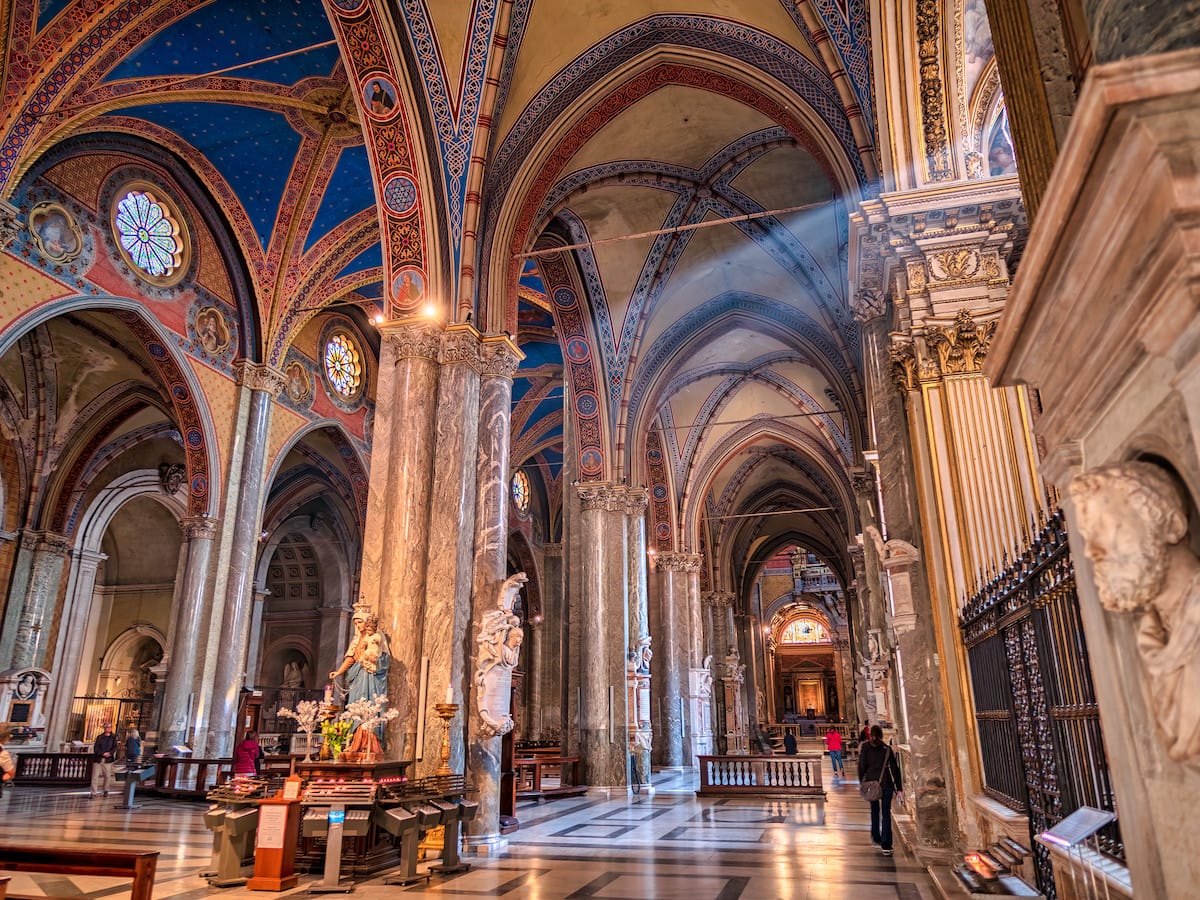
Temples and Italy are much more than that: they’re references in culture, architecture and history, besides museums of the greatest art. Photo credit: Sergei Mutovkin
Carry your I.D. with you to museums and sites
There’s no standard discount across Italian museums and sights. But if you’re thinking about how to save money in Italy, you definitely have to carry your I.D. (and ideally student card) with you.
At most places, though, including the Colosseum and Uffizi gallery, if you’re an E.U. citizen, you can get a discount if you’re over 65 years old or under 25 or 26, and children under 18 are free.
Always make sure you have your E.U. identity card or passport with you to prove your eligibility.
But even if you’re not European, you still might be eligible for a discount. Do you teach, or study, architecture, conservation, literature, or art history?
It varies from place to place, but many sites in Italy, including Florence’s Uffizi and Accademia, allow you free entrance. Generally you need a “certificate of enrollment for the current academic year,” in English, to prove your status. A letter also seems to work fine.
You’re a student, but not in those fields, and not European? Bring your university I.D. with you anyway.
The Vatican museums give you a discount, from €15 down to €8, with a student I.D. Other sites and museums might give you the student discount (even one that’s sometimes officially only for E.U. citizens) if you have an ISIC card with you.
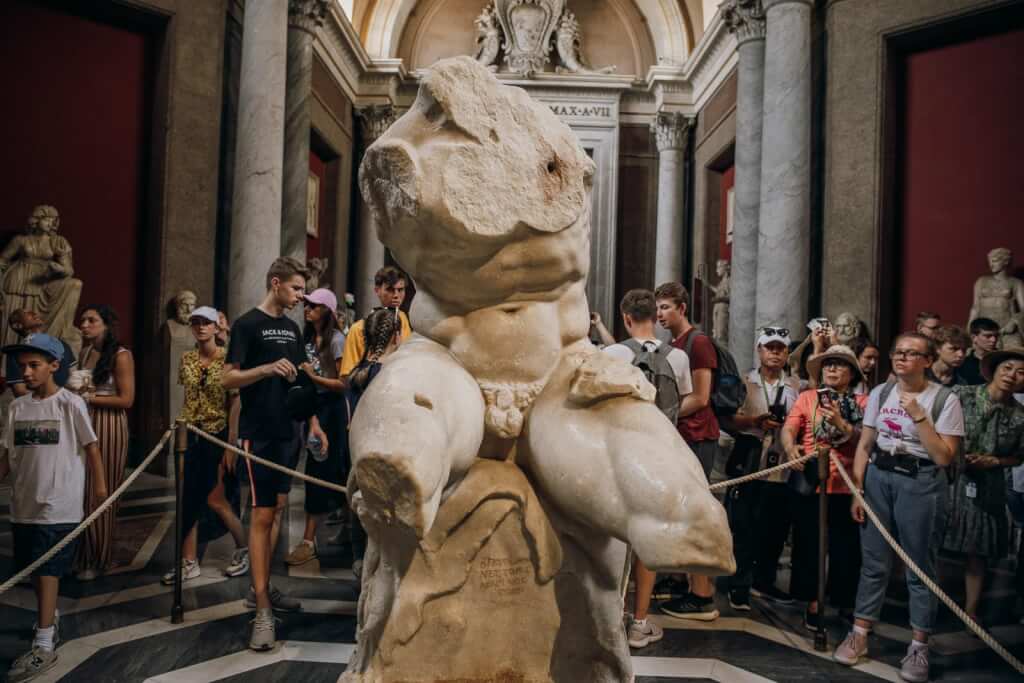
Belvedere Torso in the Vatican Museums
Walk and take public transportation—smartly
As in any city, cabs in Italy can be expensive. Whenever you can, walk.
Italy’s cities are incredibly walkable, and often, the only way you can get to a particular site is on foot, anyway!
But don’t be afraid of public transportation, either. It’s a cheap way to go and there are other perks if you need to take more than one: In Rome, for example, you can ride various buses around and get one metro ride for 75 minutes for the same price.
Want to get around Venice by boat? It may be a bit expensive unless you’re taking the vaporetto.
There often are also “tourist cards” you can get for public transport in Italy’s big cities.
In Rome, you can get an unlimited metro, bus and tram card for 24 hours or for three days that will likely be cheaper than purchasing single tickets.
In Venice, there are a number of options; the prices depend on the season. In the “middle/high season,” for example, a 72-hour pass for unlimited water buses can cost twice its “low season” price.
How to save on transportation in Italy:
- Walk whenever possible—most historic centers are compact.
- Use multi-day public transport passes to save on single fares.
- Compare the cost and convenience of tourist cards before purchasing.
- In Venice, opt for the vaporetto (water bus) instead of a pricey gondola ride.
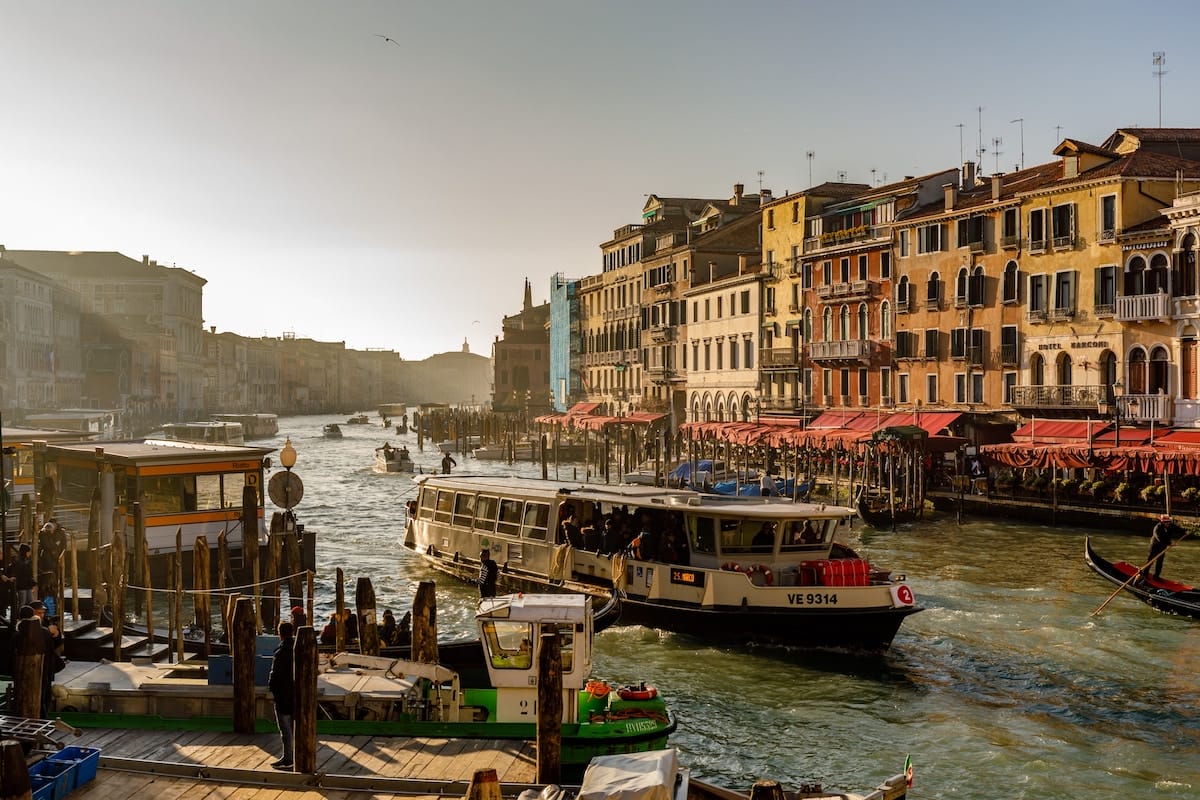
How to save money in Italy? Take the vaporetto, it may not be as romantic as a gondola, but it’ll certainly be much cheaper. Photo credit: Henri Picot
Again, just remember to think it through. Calculate how many times you’ll need to take the boat to make that 72-hour Venice pass, for example, “worth it.”
And remember: in all Italian cities, you might end up walking more, and taking transport less, than you’d think, so always weigh your options. Yes! Even in Venice.
Consider discount cards, but always do the math
If you’re thinking about how to save money in Italy, you’re definitely thinking about all the museums, churches and sights you want to visit.
Rome, Venice, and Florence each have a version of cards that allow you free or reduced-price entrance into a number of museums and sights. But whether they’re worth it depends on what you plan to do. Here’s a quick rundown for Rome, Florence and Venice.
Save money in Rome
You can purchase a Roma Pass for 48 or 72 hours. It includes all bus, tram and metro transportation, gives you a free entrance to the first two sites you visit, and offers discounts on the others. It also allows you to “skip the line” at sights like the Colosseum. Are you in Rome for just a couple days? You can book the Rome in a Day Tour and cover way more than you’d be able to do in a day.
Since they’re not technically in Rome, the Vatican museums are not included. Sites that are included are the Colosseum/forum/Palatine (all one archaeological site that will take you quite some time to see), the Capitoline museums, Castel Sant’Angelo, and the Galleria Borghese (here, though, you still have to book in advance).
Discounts generally aren’t huge, but a couple euros per ticket, so do the math before you jump on the Roma Pass and make sure to maximize the time visiting as many sights as possible during those two or three days.
You may also save time and money by skipping the line and booking complete tours like The Complete Vatican Tour with Vatican Museum, Sistine Chapel & St. Peter’s Basilica.
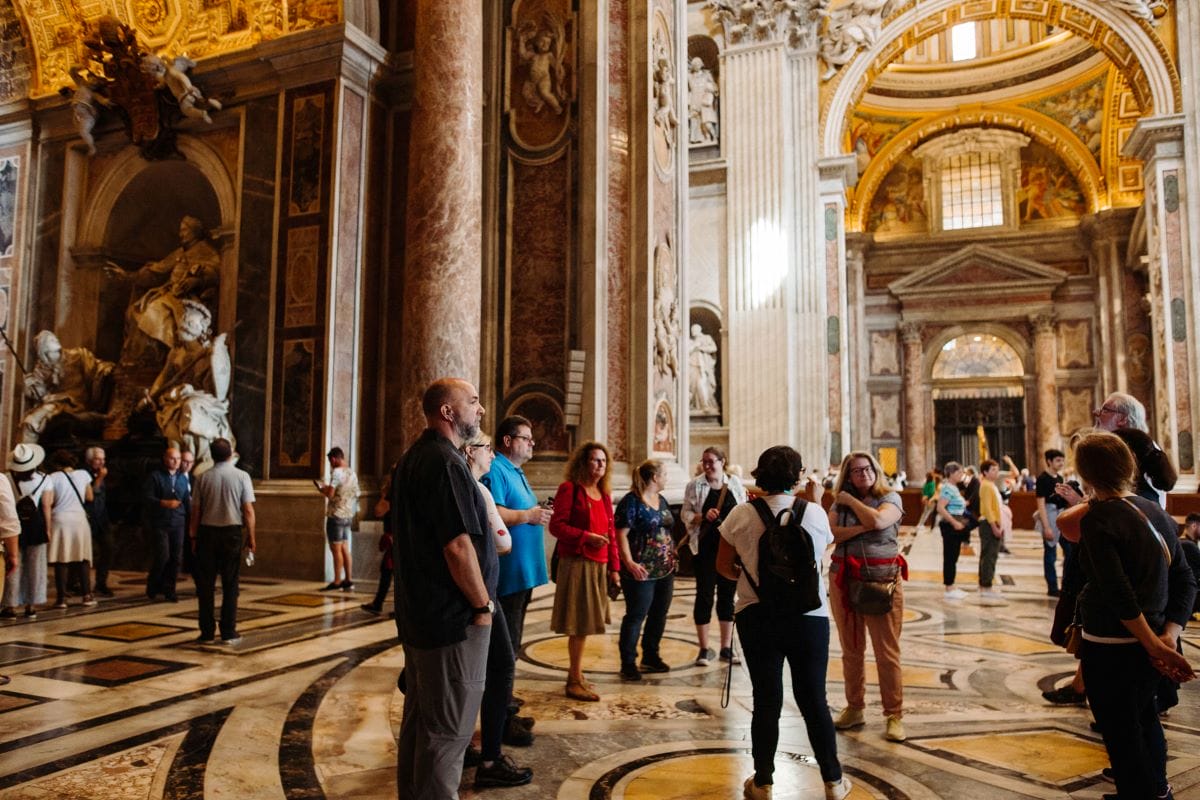
St Peters Basilica
Save money in Florence
The Firenze Card can only be purchased for 72 hours, so make sure that you have at least three full days to spend. You can also extend it with Firenzecard Restart for an extra 48 hours, if you’re staying five days in the city.
It includes all bus and tram transportation, plus entrance to most of Florence’s major museums, including the Accademia, Uffizi, Bargello, Boboli Gardens, and Palazzo Vecchio.
As with the Roma Pass, it allows you to skip any line without worrying about booking in advance—a good option if you haven’t booked for the Accademia and Uffizi as it’ll definitely save you a lot of time.
Once again, make sure that you plan to spend at least those initial 72 hours visiting some of these sights to make the best out of it.
If you don’t book in advance, and even if you do, queues in Florence can be quite time-consuming. You can book a Full Day Walking Tour and save both time and money, or skip the line with the Best of Florence Walking Tour that includes a visit to the Duomo and Michelangelo’s David.
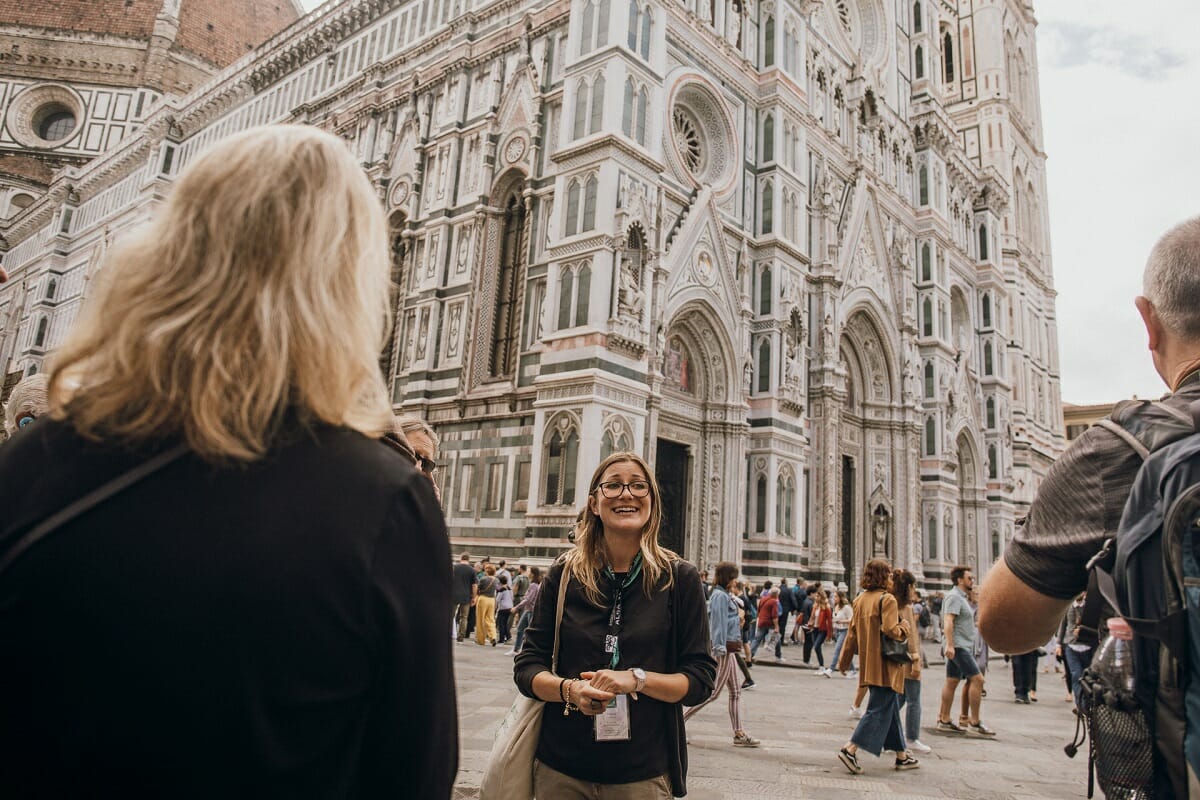
Trust us, there is plenty to see in Florence, and many places you’ll want to visit in detail.
Save money in Venice
Venezia Unica is the City Pass for the City of Venice. It’s an all-in-one pass that allows you to organize your visit to Venice by booking in advance a series of tourist attractions and cultural events, also including public transportation tickets.
You have multiple deals available depending on what is included, so we strongly suggest that you plan in advance and select what you plan to do during your stay in the city.
If you buy over 30 days in advance, you get special discounts and best deals in the City Pass and some museums, but also on the transfer tickets from Marco Polo Airport.
Prices may change according to whether it’s high/low season, so you have to choose your date in the calendar first. Finally, if anyone in your group is aged 14-29, consider the Rolling Venice Card. It lasts for a year, and with that card, you can get a discounted “3 day youth pass” to get unlimited use of public transport on all urban lines. It also gives discounts to various sites around the city, so make sure to check the whole list of benefits.
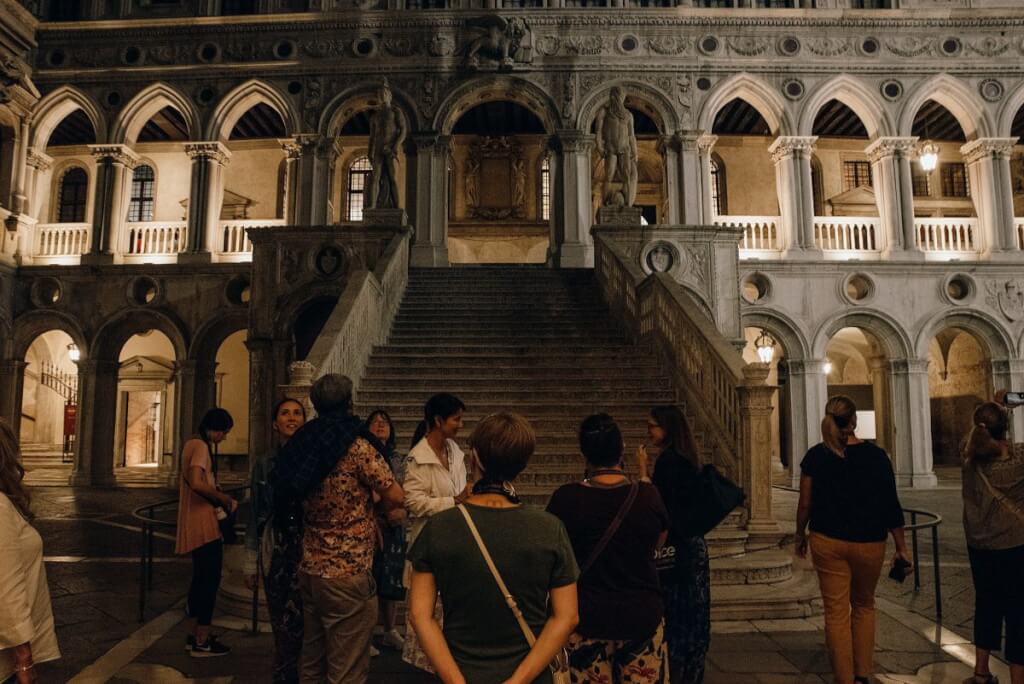
Booking passes and tours early is how to save money in Italy and also to avoid queues and get unique experiences.
FAQ: Budget Travel in Italy
How can I find affordable accommodation in Italy?
Look beyond hotels in tourist centers. Try staying in:
- Family-run guesthouses (pensione)
- Agriturismos (farm stays)
- Hostels or budget B&Bs
- Short-term apartment rentals outside main tourist areas
What are some ways to save money on food while traveling in Italy?
Saving on meals doesn’t mean missing out. Consider:
- Eating at local trattorias or osterias, which often offer lunch specials.
- Shopping at fresh markets for picnic supplies.
- Drinking coffee at the bar, not a table, to avoid surcharges.
- Filling your water bottle at public fountains—Italy’s tap water is safe and tasty.
Are there free things to do in Italy’s major cities?
Absolutely! Some great options include:
- Visiting many of Italy’s churches, which feature incredible art and are often free.
- Strolling city parks and piazzas.
- Exploring local neighborhoods and open-air markets.
- Attending free festivals or outdoor concerts, especially in summer.
Do I need to book trains and intercity travel in advance for the best prices?
Booking high-speed train tickets (like Frecciarossa or Italo) in advance can save you a significant amount. Regional trains don’t usually require advance booking and prices are fixed, but early reservations on long-distance routes can lead to big savings.
Optimize Your Budget Without Missing Out
Traveling on a budget in Italy doesn’t mean missing out on the experiences you’ve dreamed of. With Walks of Italy, you get the most value for your money—our tours offer skip-the-line access to major sites, deep insights from expert guides, and authentic local experiences that go beyond the guidebooks. It’s the best way to make every euro count, whether you’re exploring the Colosseum at night, uncovering the secrets of the Vatican, or wandering the streets of Florence with a local expert.
If you’re looking to make the most of your Italy trip without overspending, be sure to check out our budget-friendly tours designed for savvy travelers. And for even more savings, sign up for our newsletter to receive exclusive discounts and travel tips straight to your inbox. Just click here to subscribe and start planning your authentic (and affordable) Italian adventure today!
Update Notice: This post was updated on April 30, 2025.
by Walks of Italy
View more by Walks ›Book a Tour

Pristine Sistine - The Chapel at its Best
€89
1794 reviews

Premium Colosseum Tour with Roman Forum Palatine Hill
€56
850 reviews

Pasta-Making Class: Cook, Dine Drink Wine with a Local Chef
€64
121 reviews

Crypts, Bones Catacombs: Underground Tour of Rome
€69
401 reviews

VIP Doge's Palace Secret Passages Tour
€79
18 reviews

Legendary Venice: St. Mark's Basilica, Terrace Doge's Palace
€69
286 reviews









